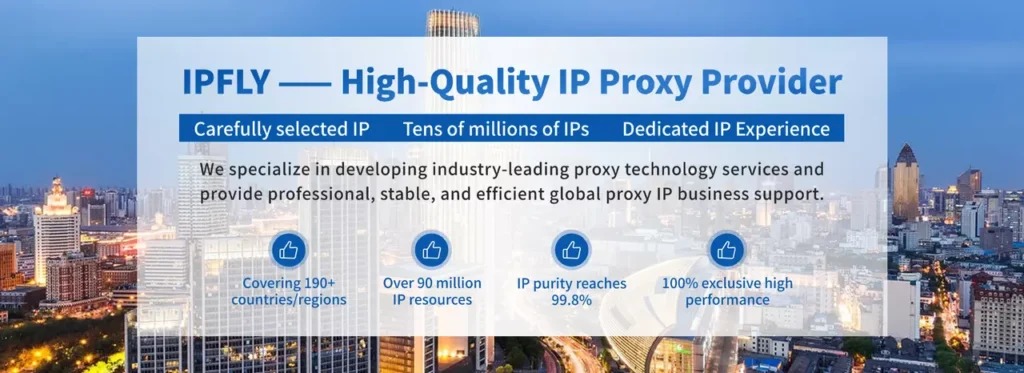Proxifier stands as a powerful tool in the domain of network management, enabling users to route internet traffic through proxy servers with exceptional control and flexibility. This software transforms how devices interact with the web, allowing applications to utilize proxies without individual configuration, thereby enhancing privacy and bypassing restrictions. Proxifier operates by intercepting network connections at the system level, redirecting them through specified proxies, a process that ensures seamless integration across various applications. Its utility extends from personal privacy protection to professional data handling, making it an essential asset for those navigating complex online environments.

The Fundamentals of Proxifier: How It Works in Network Science
Proxifier functions by establishing a system-wide proxy layer, where it captures outgoing connections from applications and redirects them through user-defined proxy servers. This interception occurs at the socket level, utilizing the Winsock API on Windows systems to manage TCP and UDP traffic efficiently. From a technical viewpoint, the software creates rules-based profiles that specify which applications or domains should use particular proxies, allowing for granular control over data routing.
Key Components of Proxifier’s Architecture
The architecture of Proxifier includes several core elements: the proxy list for defining servers, rule sets for traffic direction, and logging mechanisms for monitoring. Users can configure HTTP, SOCKS4, or SOCKS5 proxies, each offering different levels of encryption and compatibility. SOCKS5, for instance, supports UDP for real-time applications like video streaming, providing versatility in handling diverse network protocols.
Protocols Supported by Proxifier
Proxifier excels in supporting multiple protocols, including SOCKS5, which combines obfuscation to disguise traffic as regular HTTP, effectively evading deep packet inspection used by restrictive networks. This capability aligns with principles of network topology, where diversified routing paths enhance resilience against censorship or monitoring.
Benefits of Using Proxifier: Security, Performance, and Flexibility
Proxifier offers substantial advantages in network security and performance, making it a valuable tool for users facing online restrictions. Its encryption features protect against data interception on public networks, where unsecured connections expose sensitive information.
Improving Performance with Proxifier
Performance improvements arise from optimized routing, where users select proxies with low latency to minimize delays. The tool’s ability to compress data conserves bandwidth, particularly in low-speed environments.
Flexibility and Ethical Use
For flexibility, Proxifier allows access to geo-restricted content, but ethical use is essential—focus on legal applications to avoid contributing to unauthorized activities. In professional contexts, it supports tasks like market research by simulating local presence.
How to Set Up Proxifier: A Practical Tutorial
Setting up Proxifier involves straightforward steps, allowing users to experiment with network configurations like a scientist testing hypotheses in a lab. Below is a detailed tutorial to get started.
Step 1: Installation and Initial Configuration
Download the app from official sources and install it on your device. Launch Proxifier and navigate to the settings menu to add a new proxy. Input the proxy type (e.g., SOCKS5), server IP, port, and authentication details if required. This establishes the basic connection, with the app verifying through a test function.
Step 2: Advanced Customization for Optimal Performance
Customize rules to route specific apps or domains through the proxy, using global mode for full coverage or selective mode for targeted use. Adjust obfuscation settings to disguise traffic, and enable auto-reconnect to handle drops. Test by loading a restricted site, monitoring the log for successful routing.
Integrating with Proxy Services
For enhanced reliability, pair Proxifier with proxy services that offer residential IPs. IPFLY, for instance, provides clean residential proxy IPs that integrate smoothly with Proxifier, ensuring high authenticity and low detection rates for tasks requiring stable, unblocked connectivity.
Facing lag in cross-border live streams, high latency in overseas online meetings, or unstable game server logins? Low-latency proxies are the fix! Visit IPFLY.net now for dedicated high-speed nodes (average latency <80ms), then join the IPFLY Telegram group—get “live stream low-latency proxy setup tips”, “overseas meeting network optimization plans”, and user-tested “best proxy node choices for different scenarios”. Enjoy smooth cross-border network connections!

Step 3: Troubleshooting and Maintenance
If connections fail, check server status with ping tests and adjust encryption to lighter methods for better speed. Regularly update the app to patch vulnerabilities, and monitor usage logs to detect anomalies. This maintenance ensures long-term performance.
Real-World Applications of Proxifier: From Privacy to Professional Tasks
Proxifier finds utility in diverse scenarios, leveraging its technical foundations for practical gains. In privacy protection, it shields users from surveillance on public networks, encrypting data to prevent interception during sensitive activities like online banking.
Proxifier in Educational and Professional Contexts
Educators use it to access teaching resources from restricted regions, while professionals in journalism or marketing employ it for geo-specific testing of content delivery. The tool’s UDP support makes it suitable for gaming, reducing lag in multiplayer sessions, while its lightweight design conserves battery on mobile devices.
Potential Risks and Mitigation
Risks include dependency on server reliability or legal implications in restrictive jurisdictions; mitigate by selecting reputable providers and focusing on ethical uses. Always verify encryption to avoid weak configurations that could expose data.
Ethical Considerations and Future Prospects for Tools Like Proxifier
Ethical use of Proxifier emphasizes respect for laws and platform terms, promoting access for positive purposes like education or free speech while avoiding infringement. As networks evolve, future enhancements may incorporate AI-driven route selection for optimal performance, further blending science with accessibility.
In conclusion, Proxifier exemplifies the power of network science in empowering digital freedom, offering a gateway to unrestricted exploration. Through this guide, readers can harness its capabilities with confidence, appreciating the technical artistry that underpins secure connectivity.


